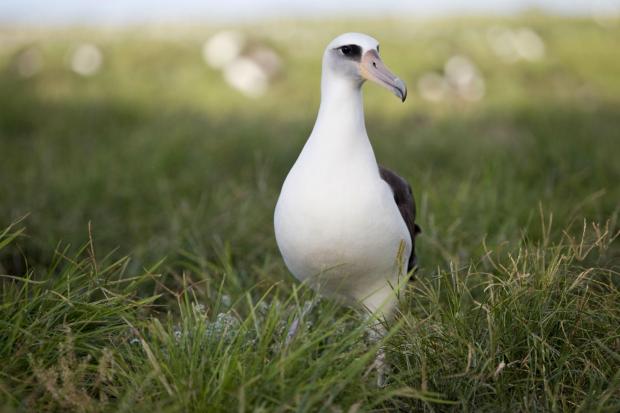-
Tips for becoming a good boxer - November 6, 2020
-
7 expert tips for making your hens night a memorable one - November 6, 2020
-
5 reasons to host your Christmas party on a cruise boat - November 6, 2020
-
What to do when you’re charged with a crime - November 6, 2020
-
Should you get one or multiple dogs? Here’s all you need to know - November 3, 2020
-
A Guide: How to Build Your Very Own Magic Mirror - February 14, 2019
-
Our Top Inspirational Baseball Stars - November 24, 2018
-
Five Tech Tools That Will Help You Turn Your Blog into a Business - November 24, 2018
-
How to Indulge on Vacation without Expanding Your Waist - November 9, 2018
-
5 Strategies for Businesses to Appeal to Today’s Increasingly Mobile-Crazed Customers - November 9, 2018
Hawaii National Monument Becomes World’s Largest Marine Protected Area
Some fishing groups have voiced concerns about an expansion’s impact on their industry.
Advertisement
“Today’s historic action ensures the ongoing conservation of this iconic landmark”.
But there are Hawaiian leaders who oppose the new monument, saying it will be destructive for fishing.
Matt Rand, director of Pew’s Global Ocean Legacy project, which worked with Native Hawaiians, scientists, community leaders and others in pushing for the expansion, called Friday’s announcement a “big deal for the planet”. All waters within Papahānaumokuākea Marine National Monument will be off-limits to commercial fishing and other resource extraction activities, such as deep-sea mining.
If it was part of Hawaii Tourism, the Papahānaumokuākea Marine National Monument would be a new Hawaiian destination to attract millions.
The monument was created and expanded under the Antiquities Act of 1906, a law signed by Teddy Roosevelt that established America’s first-ever program for protecting cultural or natural resources.
According to his Proclamation, the area “supports a dynamic reef ecosystem with more than 7,000 marine species, of which approximately one quarter are unique to the Hawaiian Islands”. It features the largest seabird gathering site in the world, with more than 14 million birds from 22 species, almost all of the remaining endangered Hawaiian monk seals, Hawaiian green sea turtles and Laysan albatrosses.
And the area may have an even more diverse wildlife population. Important geological features of the expansion include more than 75 seamounts, as well as a non-volcanic ridge that extends southwest towards the Johnston Atoll.
Recent research expeditions have unearthed extraordinary features beyond the existing monument boundaries such as the world’s oldest living animal – a black coral estimated to be 4,500 years old – and six massive seamounts, one of which is almost 14,000 feet high and teeming with life. “Expanding Papahanaumokuakea will replenish stocks of ‘ahi, promote biodiversity, fight climate change, and give a greater voice to Native Hawaiians in managing this resource”.
But American Samoa’s delegate in the House of Representatives, Aumua Amata, said the monument expansion would place an already economically challenged territory at greater risk. It says research shows that very large, fully protected marine reserves are necessary to rebuild fish populations and diversity of species.
“Additionally, within the monument expansion area, there are shipwrecks and downed aircraft from the Battle of Midway in World War II, a battle that marked a major shift in the progress of the war in favor of the Allies”. This announcement comes in advance of the 75th Anniversary of the Battle of Midway next year. USA presidents were granted the executive authority to designation land as protected regions under the 1906 Antiques Act, which states: “the President of the United States is hereby authorized, in his discretion, to declare by public proclamation historic landmarks, historic and prehistoric structures, and other objects of historic or scientific interest”.
Advertisement
During his nearly eight years in the White House, Obama has protected more square kilometers (square miles) of land and sea than any other president in the history of the United States.





























